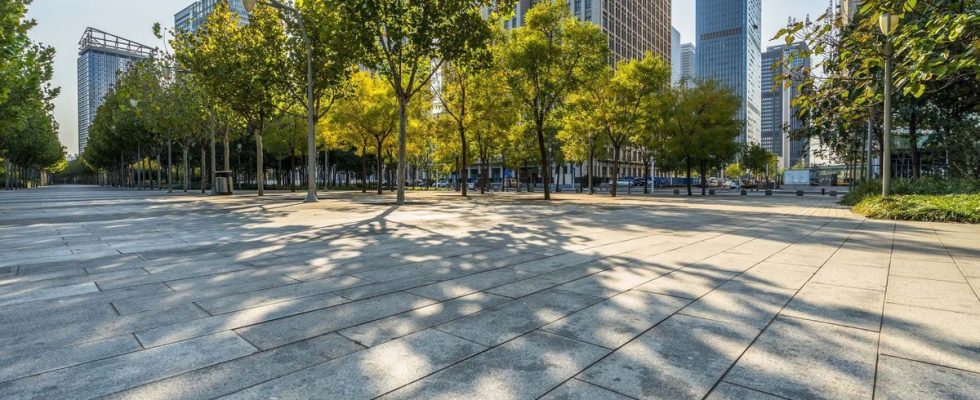Published on
Updated
Reading 2 mins.
As we know, trees and other green spaces are essential for maintaining good air quality in urban areas. New research from Sweden explains that mixing groups of trees could help improve the air we breathe. To do this, the research team identified the different types of tree that best absorb atmospheric pollutants.
A new study, conducted by the University of Gothenburg in Sweden and published in the journal Science Direct, has just shown that the mixture of trees would help purify the air in urban spaces. By looking at the different benefits and functions of trees, researchers assessed their effectiveness against air pollutants in urban areas. According to the study, the leaves and needles of trees filter air pollutants and reduce exposure to hazardous substances in the air.
To conduct the study, the Swedish researchers collected leaves and needles from eleven different types of trees growing in the same place in the arboretum (collection of trees) at the Gothenburg Botanical Garden. They then confronted these tree samples with the pollutants. Among 32 atmospheric pollutants, the researchers focused on one in particular, PAHs. Polycyclic aromatic hydrocarbons result from incomplete combustion caused, mainly in towns, by traffic.
The study reports that the accumulation of pollutants in the leaves varied greatly between species. Conifers, which include firs, pines and larches, would absorb more gaseous PAHs, and this for several years, than hardwoods (oaks, mulberries, poplars). But the latter, which have well-developed leaves, have the advantage of being effective in cleaning the air of polluting particles. According to experts, this is due to the fact that the leaves have a greater surface area to which the particles can attach themselves.
“The different species differ more than expected. Larch, which is a conifer that sheds its needles every fall, performed best in the test. Larch trees absorb most particulate pollutants, but they also capture gaseous PAHs well.“, explains Jenny Klingberg, researcher and co-author of the study, in the press release.
But greenery has its weaknesses. Because if trees absorb pollutants, they do not destroy them. The subsoil of the trees can therefore become contaminated when the leaves and needles fall and decompose.
“The pollutants do not seem to have an impact on the photosynthesis of the trees; the chlorophyll content of leaves is just as high in the most polluted areas of Gothenburg as that of trees growing in less polluted environments. But the situation is probably different in cities where the air quality is even worse.“, explains project leader Håkan Pleijel, professor of applied environmental sciences at the University of Gothenburg.
Careful urban planning is then necessary, explains the study. By combining the different benefits of tree species, the study guarantees better air purification. For example, an avenue of trees in a narrow street can reduce airflow and produce a negative effect on the dispersion and dilution of atmospheric pollutants. To remedy the problem, the researchers recommend low vegetation in the narrow streets sheltered from the wind, such as the presence of hedges. Each year, air pollution is responsible for seven million deaths, including 48,000 in France. It is the third leading cause of death in France after tobacco and alcohol.
